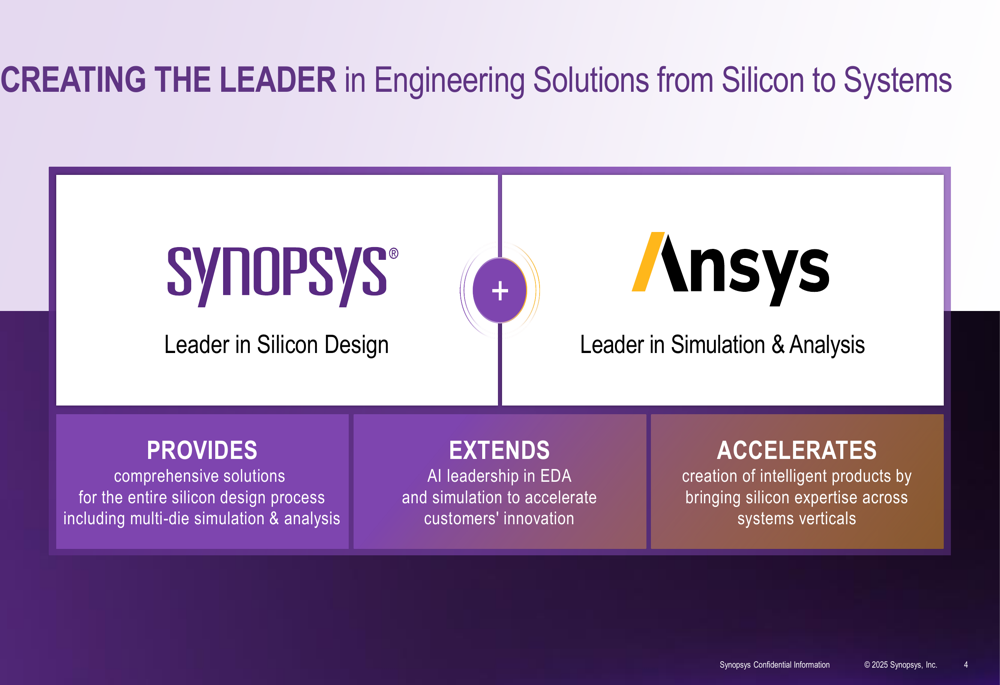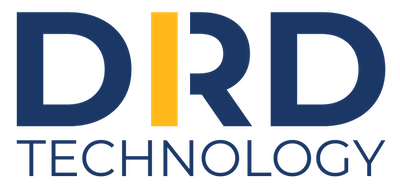The Synopsys-Ansys Merger: Exciting New Opportunities Through Your Trusted Partners
Introduction
A $35 billion transformation that enhances value for channel partner customers
After an 18-month regulatory marathon, Synopsys officially completed its massive $35 billion acquisition of Ansys a couple of weeks ago, marking one of the most significant deals in semiconductor design history. The transaction, which closed on July 17, 2025, fundamentally reshapes how AI-powered products will be designed and developed from conception to production.
The regulatory process forced strategic sacrifices. Synopsys had to divest its prized optical software division, including industry-standard tools like LightTools and RSoft, to Keysight Technologies. Similarly, Ansys was required to sell its PowerArtist power analysis tool. While painful, these concessions cleared the path for a transformative combination.

Why This Merger Matters: The Silicon-to-Systems Vision
The union creates something unprecedented in the semiconductor industry: a unified platform spanning chip design through system-level simulation. Here’s why this integration is revolutionary:
Bridging the Physics-Electronics Gap
Modern AI systems demand unprecedented integration between electronic design and physical reality. An autonomous vehicle chip, for example, must consider not just computational efficiency, but thermal dissipation, electromagnetic interference, and mechanical stress—all before a single prototype is built.
Synopsys CEO Sassine Ghazi captured this shift perfectly: “The increasing complexity of developing intelligent systems demands design solutions with a deeper integration of electronics and physics, enhanced by AI.”
Market Expansion Beyond Semiconductors
The combined entity now addresses a $31 billion total addressable market, expanding Synopsys’s reach into aerospace, automotive, and industrial sectors where Ansys has deep expertise. This represents a 1.5x expansion of Synopsys’s previous market opportunity.
AI-Enhanced Design Workflows
The merger enables AI-driven optimization across the entire product development cycle. Instead of sequential design phases, engineers can now simulate chip behavior within system contexts, dramatically reducing development cycles and improving first-pass design success rates.
Financial Strength: A Powerful Growth Engine
The combined entity brings together two financially strong companies with complementary revenue streams and exciting growth potential:
- $400 million in projected annual synergies by 2027, driving enhanced profitability
- Expected margin expansion of 125 basis points in the first full year post-closing
- Ansys contributes an estimated $750+ million to fiscal 2025 revenue
- Strong recurring revenue base from both companies’ proven subscription models
- Expanded $31 billion total addressable market, growing at approximately 11% annually
The merger creates a financially robust platform capable of sustained investment in R&D, customer success, and next-generation innovation that will benefit the entire ecosystem.

Great News for Channel Partner Customers: Enhanced Value and Continuity
The merger brings exciting new opportunities for customers working with established channel partners, while ensuring the same high-quality support and expertise you’ve come to rely on.
What Stays the Same: Your Trusted Partnership
Continuity with Your Current Partner: Your existing relationship with trusted channel partners like DRD Technology remains unchanged and stronger than ever. Elite Channel Partners who have been serving customers for decades continue to provide the same personalized service, expert guidance, and responsive support that has made them industry leaders.
Proven Support Excellence: Established partners maintain their commitment to customer success with the same dedicated engineering teams, comprehensive training programs, and ultra-responsive support that has earned them recognition as top-rated support providers. Partners like DRD Technology, with over 40 years of Ansys expertise and a 97% year-over-year customer retention rate, continue delivering the exceptional service their customers expect.
Seamless Transition: Both Synopsys and Ansys have maintained separate support systems during the integration (ACSS for Ansys products, SolvNetPlus for Synopsys products), ensuring zero disruption to your current projects and support needs.
What Gets Better: Expanded Capabilities and Value
Access to Integrated Solutions: Your channel partner can now offer you access to a dramatically expanded portfolio that combines the best of both worlds—Synopsys’s industry-leading EDA tools with Ansys’s world-class simulation capabilities. This means more comprehensive solutions for your complex engineering challenges.
Enhanced Technical Expertise: Elite Channel Partners are expanding their already deep technical knowledge to cover integrated silicon-to-systems workflows. This means even better guidance on optimizing your entire design and simulation process, from chip-level design through system validation.
Streamlined Procurement: Working with your trusted partner becomes even more valuable as they can now provide access to integrated design workflows without requiring you to manage relationships with multiple software vendors.
Exciting New Opportunities for Your Business
Accelerated Innovation: The integrated platform enables faster development cycles by providing a unified design-to-validation pipeline. Your engineering teams can now simulate real-world system behavior directly from the chip design phase, reducing prototyping costs and time-to-market.
Expanded Application Areas: Channel partners can now support your expansion into new markets and applications with comprehensive tools spanning semiconductors, automotive, aerospace, industrial equipment, and emerging AI-powered products.
Future-Ready Solutions: The combined platform positions you to take advantage of next-generation AI-enhanced design capabilities as they become available, with your trusted partner guiding you through each evolution.

What Gets Better: Expanded Capabilities and Value
Deep Industry Knowledge: Established partners bring decades of experience across multiple physics domains and industries, helping you navigate the expanded capabilities effectively. Their expertise becomes even more valuable as the tool portfolio grows.
Personalized Training and Support: Elite partners continue providing custom-tailored training programs, application-specific consulting, and the responsive support that ensures your team achieves proficiency quickly with any new capabilities you choose to adopt.
Long-term Partnership Commitment: The most successful channel partners view software sales as just the beginning of a long-term relationship focused on your success. This customer-first approach becomes even more important as the combined platform evolves.

